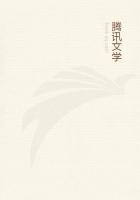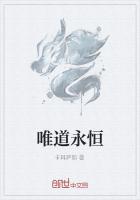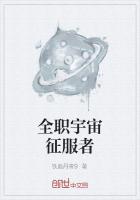Of the sensibles corresponding to each sensory organ, viz. colour, sound, odour, savour, touch, we have treated in On the Soul in general terms, having there determined what their function is, and what is implied in their becoming actualized in relation to their respective organs. We must next consider what account we are to give of any one of them; what, for example, we should say colour is, or sound, or odour, or savour; and so also respecting [the object of] touch. We begin with colour.
Now, each of them may be spoken of from two points of view, i.e.
either as actual or as potential. We have in On the Soul explained in what sense the colour, or sound, regarded as actualized [for sensation] is the same as, and in what sense it is different from, the correlative sensation, the actual seeing or hearing. The point of our present discussion is, therefore, to determine what each sensible object must be in itself, in order to be perceived as it is in actual consciousness.
We have already in On the Soul stated of Light that it is the colour of the Translucent, [being so related to it] incidentally; for whenever a fiery element is in a translucent medium presence there is Light; while the privation of it is Darkness. But the 'Translucent', as we call it, is not something peculiar to air, or water, or any other of the bodies usually called translucent, but is a common 'nature' and power, capable of no separate existence of its own, but residing in these, and subsisting likewise in all other bodies in a greater or less degree. As the bodies in which it subsists must have some extreme bounding surface, so too must this. Here, then, we may say that Light is a 'nature' inhering in the Translucent when the latter is without determinate boundary. But it is manifest that, when the Translucent is in determinate bodies, its bounding extreme must be something real; and that colour is just this 'something' we are plainly taught by facts-colour being actually either at the external limit, or being itself that limit, in bodies. Hence it was that the Pythagoreans named the superficies of a body its 'hue', for 'hue', indeed, lies at the limit of the body; but the limit of the body; is not a real thing; rather we must suppose that the same natural substance which, externally, is the vehicle of colour exists [as such a possible vehicle] also in the interior of the body.
Air and water, too [i.e. as well as determinately bounded bodies]
are seen to possess colour; for their brightness is of the nature of colour. But the colour which air or sea presents, since the body in which it resides is not determinately bounded, is not the same when one approaches and views it close by as it is when one regards it from a distance; whereas in determinate bodies the colour presented is definitely fixed, unless, indeed, when the atmospheric environment causes it to change. Hence it is clear that that in them which is susceptible of colour is in both cases the same. It is therefore the Translucent, according to the degree to which it subsists in bodies (and it does so in all more or less), that causes them to partake of colour. But since the colour is at the extremity of the body, it must be at the extremity of the Translucent in the body. Whence it follows that we may define colour as the limit of the Translucent in determinately bounded body. For whether we consider the special class of bodies called translucent, as water and such others, or determinate bodies, which appear to possess a fixed colour of their own, it is at the exterior bounding surface that all alike exhibit their colour.
Now, that which when present in air produces light may be present also in the Translucent which pervades determinate bodies; or again, it may not be present, but there may be a privation of it.
Accordingly, as in the case of air the one condition is light, the other darkness, in the same way the colours White and Black are generated in determinate bodies.
We must now treat of the other colours, reviewing the several hypotheses invented to explain their genesis.














